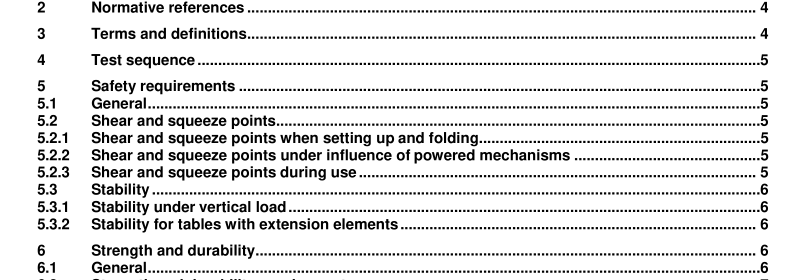BS EN 15423:2008 – Ventilation for buildings — Fire precautions for air distribution systems in buildings

4 Air distribution system
4.1 General requirements Components in the air distribution system shall be made or installed in such a way that they will not increase the hazard of spreading fire and smoke gases in the case of fire. The materials used in buildings, air distribution systems and their components shall not contribute to the development of fire in accordance with any local requirement. If there are local requirements on the reaction to fire of materials and/or resistance to fire, they shall be observed.
4.2 Design of air distribution systems Air distribution systems shall be turned off in case of fire, unless local requirements allow for other procedures.
4.3 Installation Use the manufacturer’s instructions for all components. The sealings through fire resistance enclosures (e.g. ceiling or walls), shall be in accordance with local requirements.
5 Requirements for components intended for fire precautions
5.1 General The performance, which will be achieved by the product in end-use conditions, shall reflect the results of product fire resistance, fire reaction and smoke control testing, when required, and in accordance with the local regulations, if any. A product shall be tested as a complete assembly with all necessary components which affect fire resistance performance as described in the product standard. Optional accessories can be available for a product.
Two types of accessories can be provided:
fire tested accessory,
non fire tested accessory; these need to be studied and calculated inside the complete design of the complete ventilation system.
When accessories, modifications, coatings etc. affect fire resistance performance, the product shall be tested both with and without these (for example: with and without painting) and conform to relevant standards.
NOTE When accessories do not affect fire resistance performance, they can be supplied and fitted on site.
Annex B presents relevant standards for each component and their characteristics.
5.2 Inlet/outlet louvres
5.2.1 Component
If the louvres are on the external wall of the building no special requirement is needed.
5.2.2 Installation
Location of inlet and outlet louvres shall be in accordance with EN 1 3779.
5.2.3 Commissioning
Conformity with the installation design shall be checked, in particular the minimum distance, defined according to 5.2.2, between the inlet and outlet louvres.
5.2.4 Maintenance – Routine
A visual check of the louvres shall be performed during ductwork maintenance operations. The air intake or discharge cross-section shall be free from foreign items such as rubbish, birds or insects etc.
5.3 Fans
5.3.1 Fans for ventilation only
5.3.1.1 Component
As a fire precaution the fan electric motor shall be equipped with internal or external thermal overload protection. Depending on the application, it may be used to switch off the motor or to warn of a thermal overload.
If necessary fans should be protected, and when they are not connected to a duct they should be protected with metal screens, grids or similar to prevent the entrance of paper, rubbish, and similar foreign material.
For fans in air handling units, see also 5.1 2.
5.3.1.2 Installation
Fans shall be located, arranged and installed to afford access for commissioning and maintenance.
Fans shall be installed in accordance with the relevant standards and the manufacturer’s instructions.
BS EN 15423:2008 – Ventilation for buildings — Fire precautions for air distribution systems in buildings